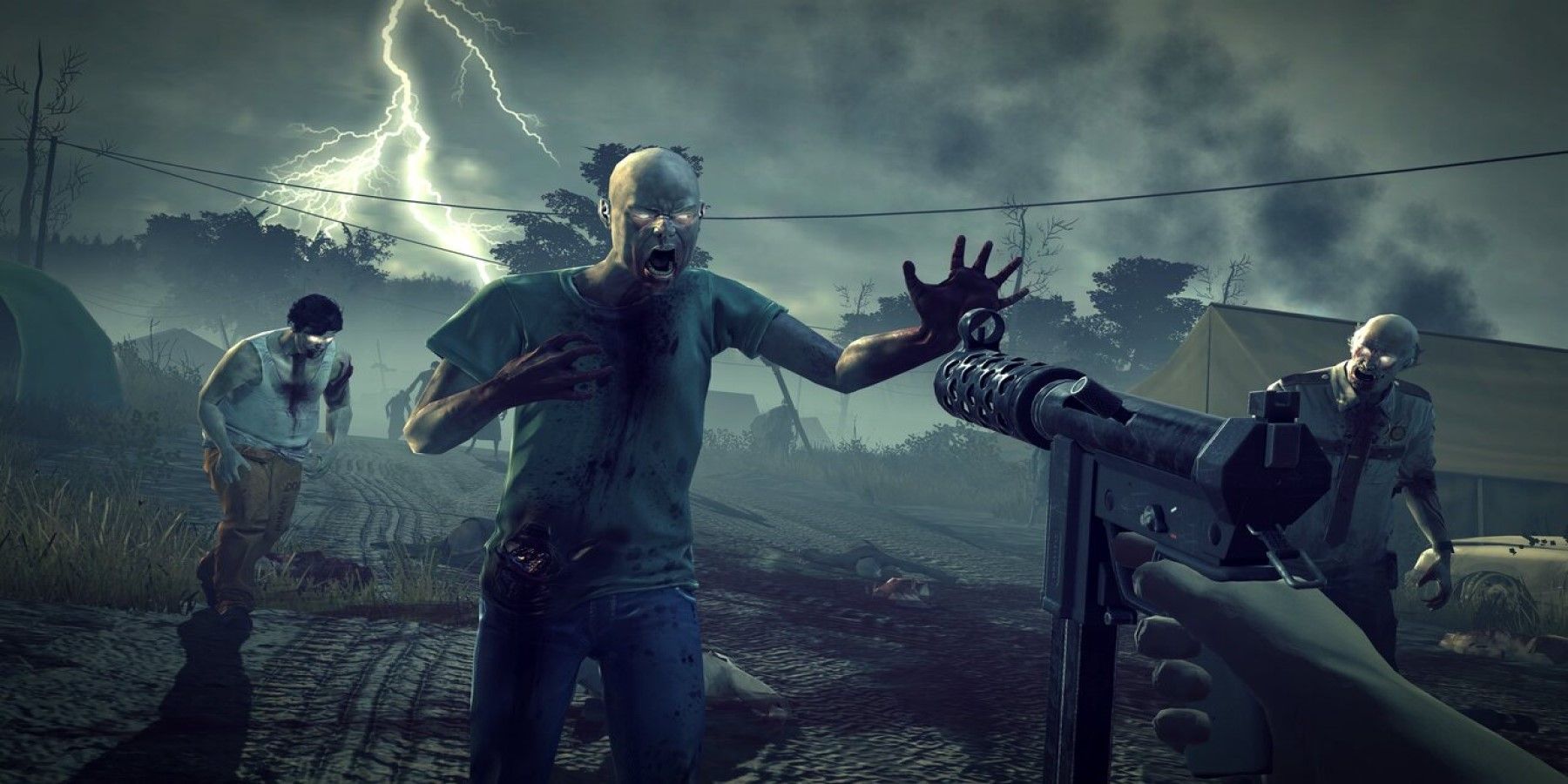Each character in Into the Dead: Our Darkest Days has a unique personality and a set of traits that differentiate them from the rest of the survivors. Some of these are positive and grant them unique abilities, but quite a few of them are negative and will create problems for Into the Dead: Our Darkest Days players.
At the start of a new game, players must always select a pair of starting survivors. This is the players’ first encounter with the trait system in Into the Dead: Our Darkest Days, as these starting duos work well together despite their negative traits. Managing negative traits and maximizing the benefits of positive ones is crucial to survival in Into the Dead: Our Darkest Days, especially when deciding which survivors to send out on supply runs and choosing whom to give the best weapons to.
Related
Into the Dead: Our Darkest Days Will Hopefully Be a Genre Shift That Zombies Need
Zombies have been a staple of the gaming industry for a few decades now, but Into the Dead: Our Darkest Days might finally shake the genre up a bit.
Every Trait in Into the Dead: Our Darkest Days
Each survivor comes with a trio of traits that determine their personalities and abilities in Into the Dead: Our Darkest Days. Here’s a list of every potential trait as well as their effects.
|
Trait |
Description |
|---|---|
|
Will to Live |
Melee damage is significantly increased while on low health. |
|
Determined |
This survivor is resistance to morale loss from low needs. |
|
Non-Drinker |
Alcohol items cannot be consumed. |
|
Thrill Seeker |
Gains the adrenaline state from damage, which boosts morale. |
|
Moonshiner |
Can craft crude moonshine from the cooking area. |
|
Restless |
Spending a phase without leaving the shelter area results in morale loss. |
|
Iron Stomach |
Can eat anything without getting an upset stomach. |
|
Whittler |
Melee weapons are cheaper to craft. |
|
Bad Cook |
Can only cook ‘slop’ at the cooking station. |
|
Tough |
This survivor takes less damage in combat. |
|
Slugger |
Increased damage when using melee weapons. |
|
Voracious |
Loses more hunger each phase. |
|
Gunsmith |
Ranged weapons are cheaper to craft. |
|
Marksman |
Deals more damage when using firearms. |
|
Jaded |
Morale is restored slower than other survivors. |
|
Untiring |
Loses rest slower than other survivors. |
|
Optimist |
Passively gains a small amount of morale every phase. |
|
Poor Craftsperson |
Barricade repair is less effective. |
|
Gearhead |
Gains an extra component resource for each dismantled item. |
|
Fortifier |
Barricades are cheaper to repair. |
|
Insomniac |
Loses more rest each phase. |
|
Evasive |
Small chance of not taking damage in combat. |
|
Escape Artist |
Create more lockpicks when crafting at the workbench. |
|
Lightweight |
Reduced backpack space. |
|
First Aid Training |
Crafts more items at the medical area for the same cost. |
|
Good Cook |
Recipes generate more food at the cooking station. |
|
Pacifist |
Attack damage is reduced. |
|
Blade Expert |
Increased damage when using a bladed weapon. |
|
Sneaky |
Makes less noise when scavenging. |
|
Haunted |
Undead attacks may also add a trauma state. |
Traits cannot be changed in Into the Dead: Our Darkest Days, so players have to make do with the strengths and weaknesses of the survivors they’re given. In a game where resources are scarce and death is commonplace, sometimes it can be a good idea to ignore the needs of weaker survivors who have bad trait sets so the strong can survive instead. These are the hard choices that players have to make in Into the Dead: Our Darkest Days, and other factors like random supply spawns can quickly derail a playthrough if players aren’t careful.








